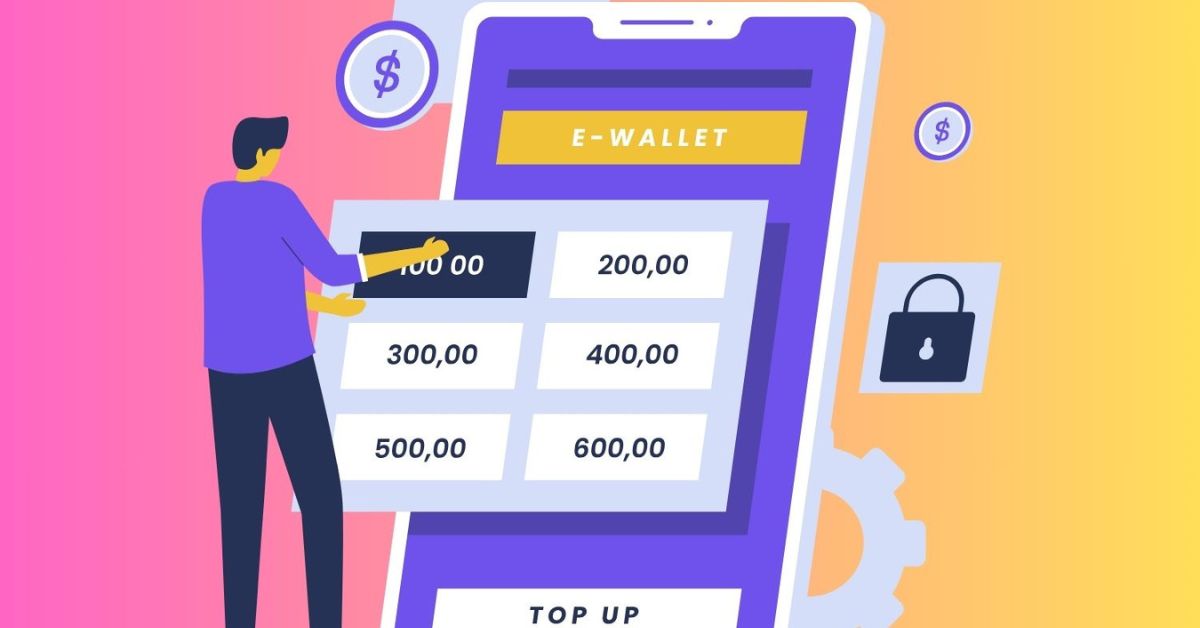Introduction
Open banking transforms the financial sector by enabling secure, real-time data sharing between banks and third-party providers. One of the most significant areas benefiting from open banking is mortgage and loan applications. Traditionally, applying for a mortgage or personal loan involves lengthy paperwork, manual credit assessments, and long approval times. With open banking, lenders can access verified financial data instantly, making the process faster, more transparent, and more customer-friendly.
Here’s how open banking revolutionizes mortgage and loan applications and what it means for borrowers and lenders.
1. Faster Loan and Mortgage Approvals
One of the biggest challenges in traditional lending is the time-consuming verification of income, expenses, and creditworthiness. Borrowers often need to submit:
● Bank statements
● Payslips
● Tax returns
With open banking, lenders can securely access a borrower’s financial data directly from their bank via APIs, eliminating the need for manual document submissions. This leads to:
● Quicker loan approvals by automating income and expense verification.
● Faster mortgage processing with real-time financial assessments.
● Reduced paperwork, saving time for both applicants and lenders.
2. More Accurate Credit Assessments
Traditional credit scoring models rely heavily on historical data and credit bureau reports. However, these models may not fully reflect a borrower’s financial health. Open banking allows lenders to:
● Assess real-time cash flow rather than just historical credit scores.
● Consider alternative financial data, such as rental payments and savings behavior.
● Offer better loan terms to applicants with healthy financial habits and limited credit history.
This approach primarily benefits self-employed individuals and freelancers with irregular incomes but strong financial management skills.
3. Improved Loan Affordability and Responsible Lending
Lenders must ensure that borrowers can comfortably afford their loans. Open banking helps:
● Analyze actual spending habits to assess affordability more accurately.
● Identify financial risks early, reducing the chances of loan defaults.
● Offer personalized loan products based on an applicant’s financial situation.
This leads to more responsible lending practices, ensuring borrowers receive loans suited to their financial capacity.
4. Enhanced Security and Fraud Prevention
With open banking, data is shared securely through encrypted APIs, reducing the risk of fraud. Unlike traditional methods where borrowers manually upload financial documents (which can be altered or misrepresented), open banking ensures:
● Direct data access from banks, eliminating document fraud.
● Multi-factor authentication (MFA) to verify identities.
● Real-time transaction monitoring to detect suspicious activities.
These measures protect both borrowers and lenders from financial fraud and identity theft.
Conclusion
Open banking is revolutionizing mortgage and loan applications by making the process faster, more accurate, and more secure. By allowing lenders to access real-time financial data, borrowers benefit from quicker approvals, fairer credit assessments, and more responsible lending practices.
As open banking continues to evolve, the future of mortgages and personal loans will become even more customer-centric, efficient, and transparent.
#OpenBanking #MortgageApproval #LoanApplication #FintechInnovation #DigitalBanking #FasterLoans #FinancialSecurity #DataDrivenLending
Categories



